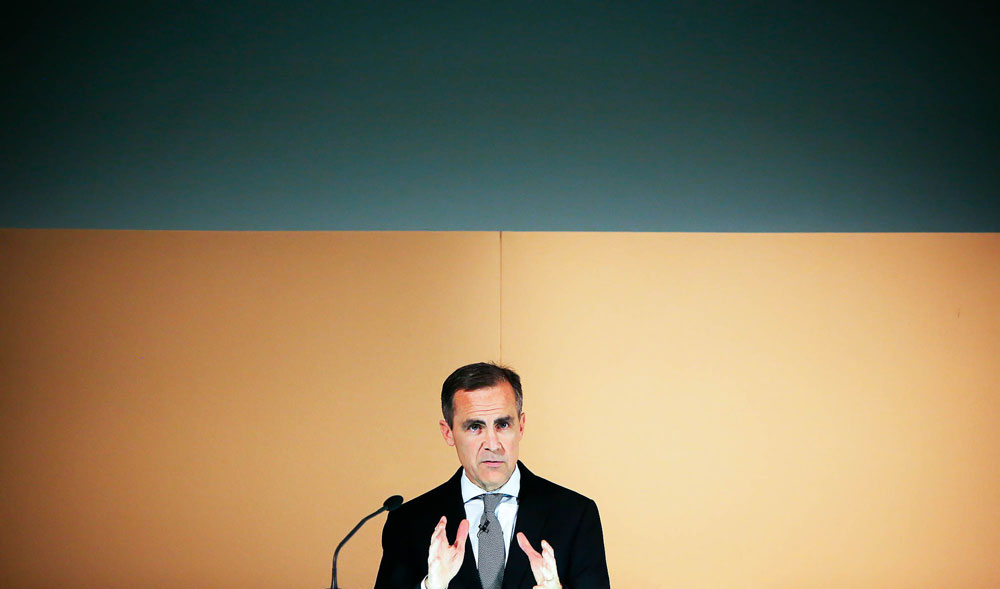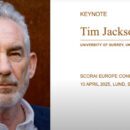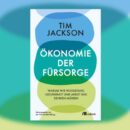
Climate emergency demands a wholescale shift away from fossil fuels. Tim Jackson and Andrew Jackson reflect here on the emerging concept of ‘transition risk’, a key element in the Bank of England’s response to climate change, and outline the challenges inherent in understanding and modelling it. (This blog marks the start of the new TRansit project, and in longer form appeared on the Rebuilding Macroeconomics website).
. . .
The most fundamental challenge to the finance sector that we face is the need to support the transition to a carbon neutral economy, argued Mark Carney, Governor of the Bank of England, in his annual speech to the Lord Mayor’s banquet this year. Indeed, he said, it is existential.
Carney has been a long-time advocate of the need to take seriously the ‘transition risks’ associated with climate change, pointing out that by the time they become fully apparent, it may already be too late to mitigate them. His Mansion House speech goes further than anything he has said before, committing the Bank to carrying out a robust ‘stress test’ of the resilience of the UK economy against different ‘climate pathways’, to be completed before the end of 2021. It will be ‘the first of its kind to integrate climate scenarios with macroeconomic and financial models’.
Carney’s speech represents a serious shift in the temperature of debate around climate finance. It is absolutely aligned with the spirit of our times. Climate scientists now agree that averting climate breakdown requires a whole-scale transition of the economy away from fossil-fuels. Challenged by the school strikes and activism on our streets, the UK Parliament has formally declared a ‘climate emergency’. Government has committed itself to adopting a ‘net zero’ target for greenhouse gas emissions by 2050.
Given the historical responsibility for climate change, and the need for economic development in the poorest countries in the world, there is a very strong argument that developed countries should be adopting earlier targets and several developed economies have already done so, some as early as 2035. Extinction Rebellion is arguing that the UK should reduce carbon emissions to zero by 2025—and in the face of everyone exclaiming that this is impossible, is calmly recruiting academics, NGOs and policy-makers to figure out how it can be done.
By any account the transition is a formidable challenge. It demands the replacement of entire technologies, supply chains and infrastructures within timescales considerably shorter than the average asset life of the existing investments. Replacement will require directed (or incentivised) investment at a scale usually seen during periods of war or rapid urbanisation, rather than at a scale typical of mature, post-industrial economies. It will also entail widespread changes in the behaviours of households, consumers, producers, investors, shareholders and savers that go well beyond any historically accepted ‘normal’.
These three features of the transition—rapid structural change, massive investment shifts and ‘post-normal’ behaviours—are exactly where Carney’s ‘transition risks’ are situated. Take the risk associated with ‘stranded assets’ as an example. If net-zero targets are to be met, almost two thirds of the proven fossil fuels reserves will have to be left in the ground. One study found that up to $2 trillion of capital expenditures are at risk of stranding in the oil, gas and coal sectors alone.
The potential disruption to financial markets is enormous, in part because of the high market value of those sectors most at risk of asset stranding. But the risks are not confined to firms in the fossil fuel sectors. Handled badly, jobs will be lost, financial assets will decrease in value, debts will suffer default and governments will lose an important source of revenue. The reduction in asset prices will have a negative effect on the consumption spending of asset owners, with potential knock on effects for aggregate demand. Countries in which fossil fuel firms raise a significant amount of capital—such as the UK—are likely to be particularly exposed.
All of this underlines Carney’s evident concern. But his aim of carrying out a robust stress test of the UK economy remains a substantial undertaking. In fact, it poses exactly the sort of challenges to conventional macroeconomics that the ESRC’s Rebuilding Macroeconomics network was established to address. The over-reliance on equilibrium assumptions, the predominance of rational ‘representative agents’ and the relative neglect of the dynamics of the financial system: all of these factors contributed to the blindness of policy and the short-sightedness of finance in the run-up to the 2008 financial crisis. They remain unhelpful in attempts to understand transition risk.
These are some of the reasons why Rebuilding Macroeconomics has now awarded funding to the Universities of Surrey and Sussex to develop a framework for addressing transition risk. Bringing together distinct approaches at the forefront of economic thinking—including Agent Based Modelling (ABM) and Stock-Flow Consistent (SFC) modelling—the Modelling Transition Risk (TRansit) projectwill develop a macroeconomic framework capable of mapping the complex, dynamic, nonlinear channels through which transition risk impacts on the economy.
TRansit is not just an academic exercise in creating a more heterodox macroeconomics. It is a vital component in the kind of inquiry that Mark Carney has just set in motion for the UK.
Link
- This blog is part of a new research project within CUSP: TRansit—Modelling transition risk.
Image Mark Carney, FT | © Charlie Bibby, Financial Times | Courtesy of Bank of England (licensed under CC-BY-ND 2.0 / Flickr) (This blog first appeared on the CUSP website, 30 April 2018.)




